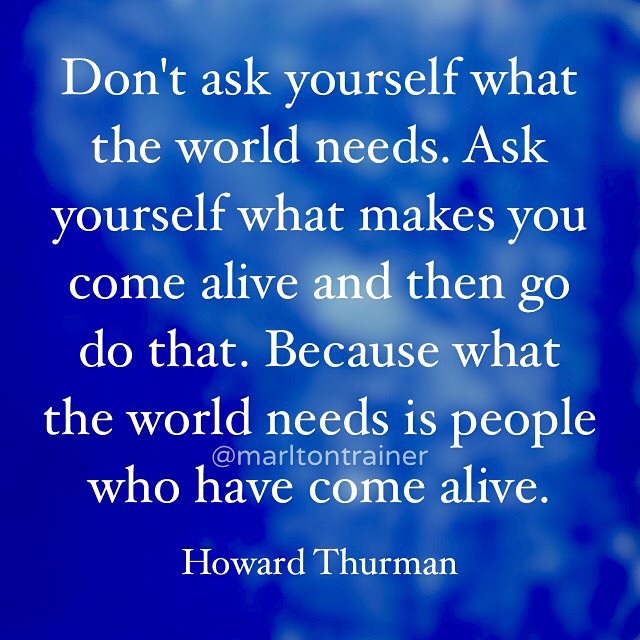|
Yoga is an ancient practice that originated far away. It has made its way around the globe in a wave of both physical healing and spiritual awakening, while simultaneously becoming a multi-billion dollar industry in the US. Some of the yoga teaching in the west has been simplified to a mostly physical practice by this commercialization and popularization, however yoga's philosophical foundation as a way to live a good life endures as well. These days, yoga is practiced not just in affluent studios, but also in schools, prisons, hospitals, and apparently on aircraft carriers (love this picture.)
Thanks to modern science and research, we also know much more about how yoga impacts physical and mental health than ever before. Let's explore some things we know about how yoga helps, and then describe how this knowledge can be incorporated into a traditional talk therapy session.
|
AuthorKambria Kennedy-Dominguez, LPC-S |
Phone: 972.755.9120 | Fax: 214.723.5345
533 W. 12th Street Dallas, TX 75208
Privacy Policy Good Faith Estimate
©Flourish Counseling and Consultation PLLC 2024
533 W. 12th Street Dallas, TX 75208
Privacy Policy Good Faith Estimate
©Flourish Counseling and Consultation PLLC 2024




 RSS Feed
RSS Feed
